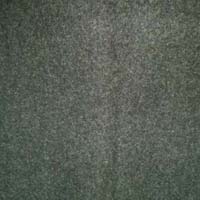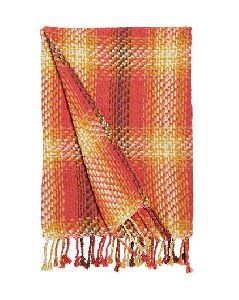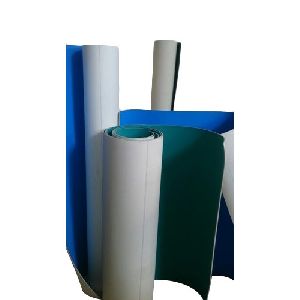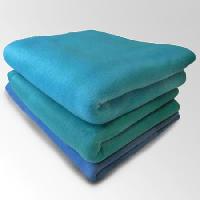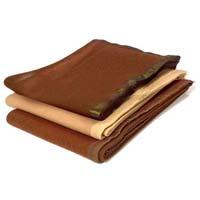Listing ID #137676
Company Information
Ask for more detail from the seller
Contact SupplierBeginning in the 1970s and extending into the 1980s, a new class of aerobic attached growth processes became established alternatives for biological wastewater treatment. These are up flow and down flow packed-bed reactors and fluidized-bed reactors that do not use secondary clarification. Their unique advantage is the small footprint with an area requirement that is a fraction (one-fifth to one-third) of that needed for activated-sludge treatment. Though they are more compact, their capital costs are generally higher than that for activated-sludge treatment. In addition to BOD removal, submerged attached growth processes have also been used for tertiary nitrification and de nitrification following suspended or attached growth nitrification.
Down flow and up flow packed-bed reactors, feudalized-bed reactors, and submerged RBC can be used for post anoxic de nitrification. Trickling filters and up flow packed bed reactors are also used for pre anoxic de nitrification. ACSION has developed this unique design in such a way that of simple to operate and stability in the treated water quality have attracted to this design. Our technical expertise is still working in the R&D to upgrade this technique to the most modern design. Keeping in view the fruit of the advantage can be enjoyed by the valued customer.
The Rational For UASB Treatment ( Upflow anaerobic-sludge blanket)
The rationale for an interest in the use of anaerobic treatment processes can be explained by considering the advantage and disadvantage of these processes. The principal advantage and disadvantages of anaerobic treatment are listed in table 1.1 and are discussed below.
Advantages of anaerobic treatment processes
The prime advantages of ATP are energy considerations; lower biomass yield, fewer nutrients required, and higher volumetric loading are examined further in the following discussion.
Advantages




